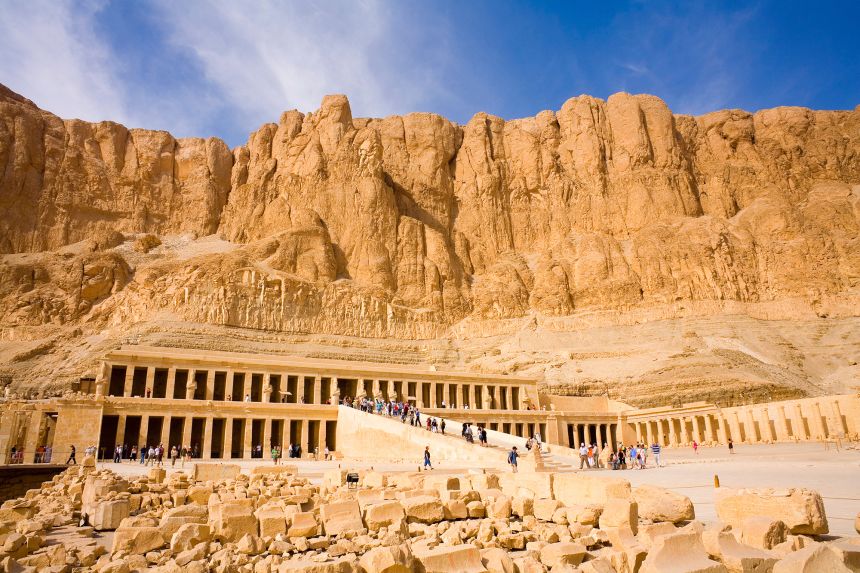Did you know that ancient Egypt in North Africa was one of the most powerful and influential civilisations for over 3,000 years, from around 3100 B.C. to 30 B.C.?
However, there’s more to ancient Egypt than the fascinating stories we hear about the pharaohs, dynasties, and glorious pyramids that were built. Come with us as we explore some of the most notable creations that Egyptians have passed down to us.
Alphabet
The ancient Egyptians used various alphabetical signs as part of their writing system, also known as hieroglyphics before 26 letters were born. Not all of the sounds are exactly the same as the English sounds we use today, however, they have certainly played some prominence in influencing the English language we use today.
The signs we give for the letters ‘a’, ‘l’, ‘o’, ‘v’, ‘x’ and ‘c’ are the closest we can come to replicating the ancient sounds. However, ancient Egyptian has four different ‘h’ sounds and in the English language, we only use one.
According to history, hieroglyphics gave Egyptians the ability to record their history, their beliefs, and to communicate with one another in writing.
Calendar
The Egyptian calendar is estimated to have been first used over 5,000 years ago. Ancient Egyptians first invented the solar calendar which divided the year into 13 months over a period of 365 days.
Shortly after, the lunar calendar was discovered whereby the Egyptians divided the months up into seasons based on the moon’s cycle.
The Egyptian calendar is one of the earliest calendars known to mankind. It is also one of the most accurate calendars in terms of climate conditions and agriculture and has greatly influenced the calendar we use today.
Wigs
Like many Egyptian wonders, the traditional wig also dates back to 2700 B.C.E.. According to history, wigs proved to be incredibly beneficial to Egyptians by protecting their heads from the blazing sun during extreme temperatures.
While more expensive wigs were made of human hair, most wigs were actually made using cheaper materials such as palm leaf fibres and wool, these were often worn by those who had less status. As a result, wigs became not only a fashion statement, but also a mark of rank, social status, and even religious piety.
Today, wigs have become widely accessible by being mass-produced. Not only are they now washable and synthetic, they are also available in various textures, colours and styles for men and women everywhere.
Bowling
Bowling has been around for years, since 5,000 B.C. to be exact. Originally, the Egyptians played the game by throwing 10 round-shaped stones into a hole in the ground. They didn’t play in bowling alleys back then, it was more of a chamber, however, their version of the game isn’t too different from the version we know and love today.
Bowling isn’t the only form of entertainment that ancient Egyptians have had an influence on. They have also influenced TV shows, movies, and games such as the Egyptian-themed slot, mega pyramid. The Egyptians really have captured our imaginations!
Conclusion
In conclusion, it’s safe to say that Egyptian civilisation has influenced our modern world more than many of us know. Ancient Egyptians have left behind a valuable legacy thanks to their discoveries and inventions which have led to the development of the modern world we know today.

Avid music fanatic. Communicator. Social media expert. Award-winning bacon scholar. Alcohol fan.

